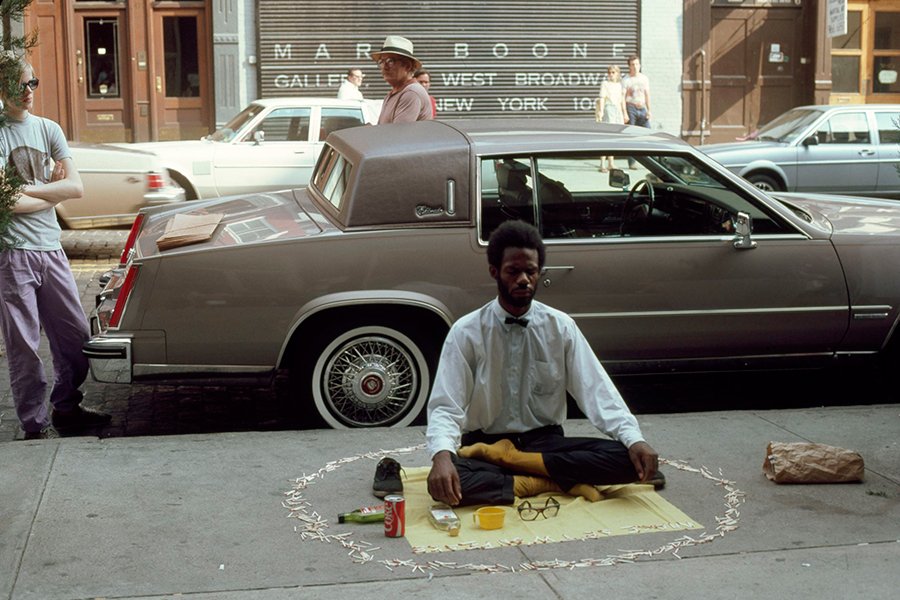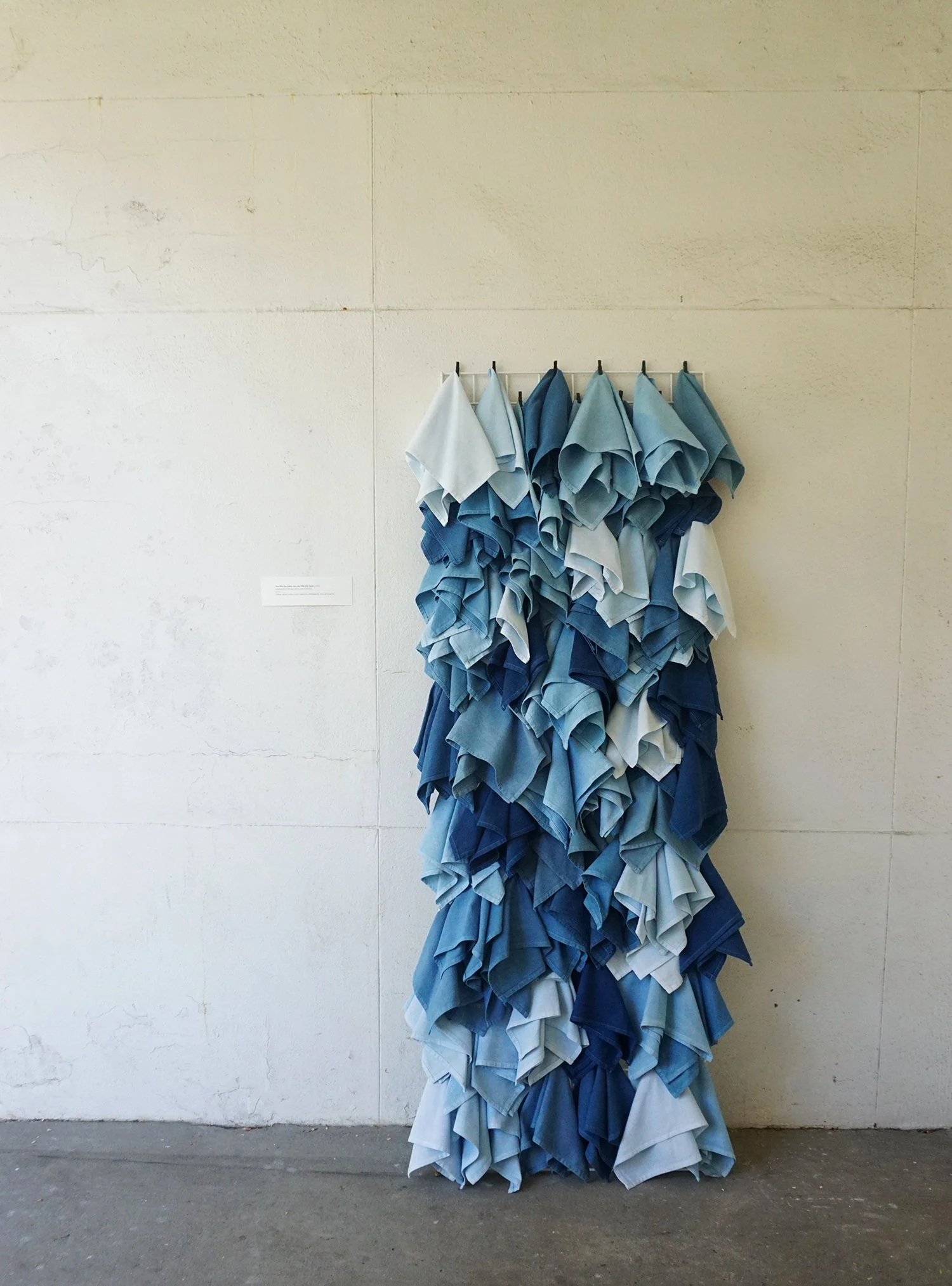Carla Williams: Circa 1985 at Higher Pictures (Brooklyn, NY)
“I don’t remember when I first decided to take off my clothes for the camera. I know it was in that first year of photography classes, probably the first semester. The contact sheets showed me experimenting with stages of undress. Tights on. Tights off. Leg up. Smile. Wink. I figured I knew what to do, since I’d seen it played out for years. I never showed the pictures to anyone. They looked nothing like the magazines, but they sure looked like me, and I was thrilled. I was seeing exalted nudes every day in art history class, but I didn’t want to be Charis Wilson; I wanted to be Edward Weston and Charis Wilson in one. I knew I needed more technical sophistication, and that I had launched into something I hadn’t yet begun to understand. I put away those negatives and contact sheets for more than thirty years. But I kept photographing. And I never fully put my clothes back on.”
Carla Williams, Tender
Carla Williams: Circa 1985 at Higher Pictures (Brooklyn, NY)
Williams’ images are at once tender and wise, awkward and exhilarating. They reflect a young woman’s burgeoning sexuality and expansive curiosity about the medium. As a Black woman processing a canonical history that positioned so many models, girlfriends, and wives as muses to their photographic ‘masters,’ Williams did not see herself reflected in any of the history books’ most revered images. She was nevertheless absorbing a classic, timeless aesthetic of female representation.




